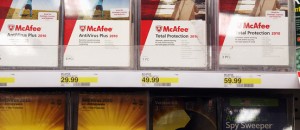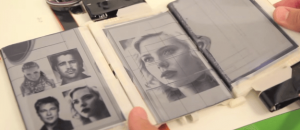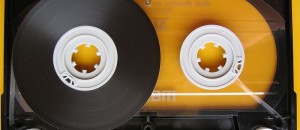He sees you when you’re sleeping, he knows when you’re awake. He knows what you’ve been shopping for so beware for goodness sake. Santa’s not the only one watching you this time of year. Businesses are doing the same surveillance as well.
It’s always been a marketers’ dilemma to figure out what type of shopper you are and how much you are willing to pay for a particular item. Now, however, they can simply track your movements to figure out that information. There are apps and programs available to monitor your shopping not only online but also in store.
You may already be used to some of the ways business track your movements and purchases. Brick and mortar businesses offer loyalty cards or ask for a phone number, zip code, or even an email address when you go to check out. When you go online websites attach “cookies” to your browser that will monitor where you are going, what you are viewing, and what you purchase. These cookies allow the sites to offer you customized suggestions to get you to make additional purchases.
Those ways are still being used but now there is new technology that allows marketers to create detailed profiles of the shoppers that enter their stores. With location tracing technology they can find out what stores you frequent and even what aisle you spend most of your time in. Most of the time you know you are being tracked. You turn on your smartphone in store to take advantage of the free Wi-Fi or download the latest coupon from Target while you are shopping for your groceries. You may also turn on the Shopkick mobile app, which businesses such as Best Buy, Macy’s, and JC Penny partner with, in order to get discounts or downloads for doing as little as trying on clothes or scanning a bar code. All the while the business and marketers are monitoring you.
“You can’t have Christmas any more without big data and marketers. You know that song where Santa knows when you’ve been sleeping? He knows when you’re awake? Believe me, that’s where he’s getting his information from,” Said Jeff Chester the executive director at the Center for Digital Democracy.
While those methods of tracking are voluntary, you don’t have to turn on your smartphone while you’re in the store, there are new technological methods to track where you are and what you are buying. Some stores have begun equipping their businesses with heat and motion sensors. One of these sensors is called “Shopperception” and it uses the same motion detection software as the Xbox Kinect. It is frightening in the way it can track not only where you are in the store, but what aisle you spend most of your time on, and whether or not you pick up a product and put it in your buggy or if you put it back. The “Shopperception” can also trigger nearby signs offering you coupons or advertising more products for you to purchase.
This way of tracking might not be appealing to you, businesses see it as less invasive than other methods. Unlike security cameras the heat and motion sensors don’t store your image and you appear only as a data point.
For those that shop exclusively online, Drawbridge, a tech startup company, claims that they can now bridge your computer and your smartphone thereby getting past the limitation of traditional cookies to track only the device you are currently using. By linking the two devices through an analysis of your online movements, marketers can target you with ads no matter if you are on your mobile device, home computer, or work computer.
The Federal Trade Commission is investigating how the information is used. They are monitoring and investigating the “data broker” industry. The congressional Government Accountability Office has also warned that laws protecting consumers are outdated and haven’t kept up with the rate of technological growth.
[via The Huffington Post]

 Email article
Email article




